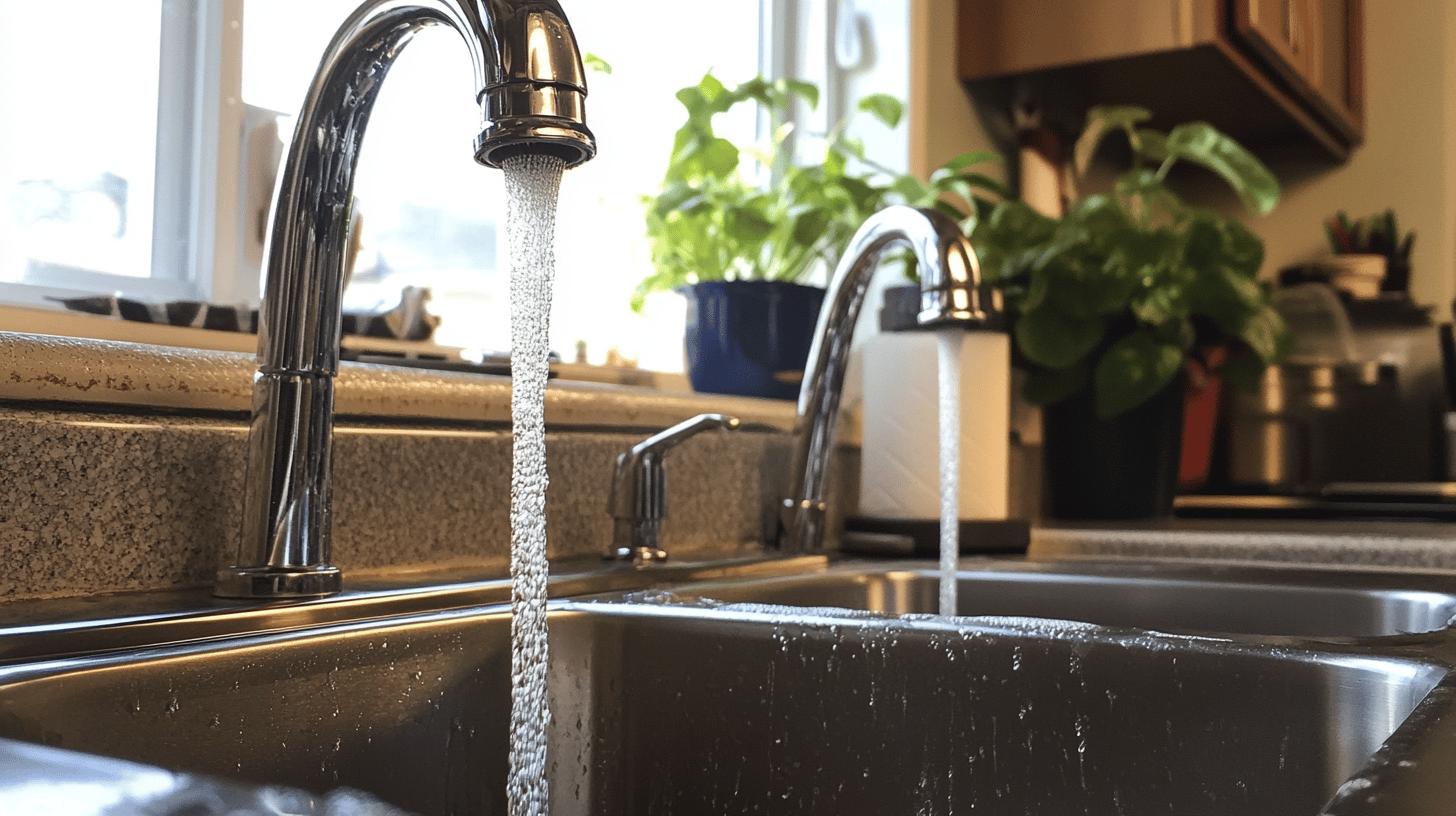TL;DR:
- Low-flow faucets: Use ~1.5 GPM versus 1-3 GPM for standard faucets; save 30%-60% water.
- Technologies: Utilize aerators and flow restrictors for efficiency.
- Environmental benefits: Reduced water consumption, energy savings, lower emissions.
- Government incentives: Many states have mandates; rebates/tax credits available for low-flow installations.
- Cost comparison: Low-flow faucets cost more initially but save $200+ annually on water bills.
- Installation: Easy DIY with basic tools; professional installation reduces leak risks.
- User experience: No compromise on water pressure; various design options available.
Tired of seeing your water bills climb every month? Switching from a standard faucet to a low-flow faucet could change that—plus, it helps the planet by conserving water. In this article, we’ll explore how low-flow faucets use advanced technology to drastically reduce water usage compared to regular faucets. We’ll look into flow rates, environmental benefits, and how this simple switch can save you money and promote sustainability. Curious if a low-flow faucet is right for your home? Let’s dive in!
Understanding Low-Flow Faucets vs Standard Faucets
How are low-flow faucets different from standard faucets? Low-flow faucets are designed to save water by using less per minute. They typically use around 1.5 gallons per minute (GPM), while standard faucets range from 1 to 3 GPM. This efficiency can reduce water flow by 30% or more, making low-flow faucets a smart choice for conservation without sacrificing performance.
What technologies help low-flow faucets save water? They use features like aerators and flow restrictors. Aerators mix air with water, maintaining a steady stream while lowering the volume. Flow restrictors limit the water flow to a set level, ensuring efficient performance. Together, these technologies allow low-flow faucets to use less water while still keeping users satisfied.
What are the usual flow rates for low-flow and standard faucets? Low-flow faucets generally use around 1.5 GPM, while standard faucets can range from 1 to 3 GPM. Choosing a low-flow faucet can lead to significant water savings, especially in households that use a lot of water. Knowing these differences helps you make informed choices about faucets that fit your needs and environmental goals.
Water Efficiency and Environmental Impact

How do low-flow faucets help with water efficiency? Low-flow faucets are great at cutting down on water waste, using up to 60% less water than standard faucets. This means they can save thousands of gallons each year. By using less water per minute, they lower your water bill and help reduce the pressure on local water supplies.
What are the environmental perks of using low-flow faucets? Low-flow faucets have a big positive impact on the environment by saving water, which also reduces the energy needed to pump, heat, and treat it. This leads to lower carbon emissions, supporting a more sustainable lifestyle. With more people becoming aware of their environmental impact, switching to low-flow fixtures is a simple way to contribute to global water conservation efforts.
Here are some key environmental benefits of low-flow faucets:
- Reduced water consumption, easing demand on resources.
- Energy savings, as less hot water means less energy used for heating.
- Decreased wastewater production, lessening sewage system strain.
- Lower greenhouse gas emissions due to using less energy.
- Support for sustainable living, aligning with eco-friendly practices.
Are there any government rules or incentives for low-flow fixtures? Yes, many states require low-flow fixtures in homes and businesses to promote water conservation and sustainable practices. There are also incentives like rebates or tax credits for people who install these eco-friendly fixtures, encouraging the switch to lower water usage.
Cost Comparison: Low-Flow vs Standard Faucets
How do the initial costs of low-flow faucets stack up against standard faucets? Low-flow faucets usually have a higher upfront cost due to their advanced technology, like aerators and flow restrictors. While standard faucets might seem cheaper at first, investing in low-flow faucets pays off over time.
How can low-flow faucets lead to long-term savings? Low-flow faucets can significantly reduce water usage, which translates to big savings on utility bills over the years. Homeowners could save $200 or more each year with these fixtures. Less water use also means lower energy consumption. In the long run, these savings can offset the higher initial cost, making low-flow faucets a smart and cost-effective choice.
| Faucet Type | Initial Cost | Annual Savings |
|—————–|————–|—————-|
| Low-Flow Faucet | Higher | $200+ |
| Standard Faucet | Lower | None |
How do these savings affect your household budget? Opting for low-flow faucets can really benefit your budget. With reduced water and energy bills, you’ll have more financial freedom to spend elsewhere. Plus, the environmental advantages align with increasing sustainability efforts, giving you both economic and ecological benefits.
Installation Considerations for Low-Flow Faucets

How easy is it to install a low-flow faucet? Installing low-flow faucets is generally straightforward, making it doable for most people. You’ll mainly need new supply lines, pliers, and an adjustable wrench. With these tools, you can easily replace your faucet without hiring a pro. By following simple instructions, anyone can install a low-flow faucet, enhancing both water efficiency and the look of your space.
DIY Installation vs Professional Services
What should you consider when deciding between DIY installation and hiring a pro? DIY installation can save you money and be a rewarding experience, giving you hands-on skills. However, hiring a professional plumber guarantees a proper setup, reducing the risk of leaks and ensuring your plumbing is compatible. Their expertise can help avoid problems that come from incorrect installation, giving you peace of mind. Plus, professionals usually finish the job quicker and often offer quality guarantees.
User Experience and Performance: Low-Flow vs Standard Faucets
Do low-flow faucets affect water pressure? Not at all! Low-flow faucets are designed to maintain a strong flow while using less water. Thanks to advances in technology, you can enjoy the same performance as standard faucets without compromising pressure. Aerators and flow restrictors work together to keep the water flowing steadily, proving that saving water doesn’t mean sacrificing pressure.
What are some user preferences and style options available for faucets?
- Numerous designs and finishes to match any decor.
- Single or dual-handle options for personalized control.
- Touchless models for better hygiene and convenience.
- Eco-friendly options for a sustainable lifestyle.
How have advancements in low-flow technology enhanced user satisfaction? Low-flow faucets now come in various styles and functions, making it easy to find one that fits your home perfectly. The satisfaction goes beyond just aesthetics; these faucets provide economic and environmental benefits. Using less water not only lowers your bills but also supports conservation efforts. Thanks to better technology and design, you can save water without sacrificing performance.
Final Words
When deciding between a low-flow faucet and a standard one, it’s essential to understand their differences in water usage, cost, and overall experience. Low-flow faucets use advanced technology to reduce water consumption significantly, which means you can cut water waste by up to 60%, leading to noticeable savings on your utility bills.
Though they may have a higher upfront cost, low-flow faucets are a smart long-term investment for many homes. New design advancements ensure that these faucets deliver satisfying performance without sacrificing pressure. Choosing a low-flow faucet is not just about saving money; it’s also a step toward sustainable living.
FAQ
Q: What is considered a low-flow faucet?
A low-flow faucet typically uses 1.5 gallons per minute or less, reducing water usage by about 30% compared to standard faucets.
Q: How do low-flow faucets work?
Low-flow faucets work by using technologies like aerators and flow restrictors to reduce water flow while maintaining pressure and performance.
Q: What are the advantages of low-flow taps?
Advantages of low-flow taps include significant water conservation, reduced water bills, and the promotion of environmental sustainability by minimizing waste.
Q: How much do low-flow faucets save?
Low-flow faucets can save homeowners around $200 annually by reducing water consumption, which lowers utility bills.
Q: What year did low-flow faucets become standard?
The widespread adoption of low-flow faucets began in the early 1990s, following legislation aimed at increasing water conservation efforts.
Q: What is the bathroom faucet flow rate?
The flow rate for bathroom faucets can range from 1 to 3 gallons per minute, with low-flow models typically using 1.5 gallons or less.
Q: How do low-flow fixtures compare to standard ones in terms of advantages and disadvantages?
Low-flow fixtures use less water, lowering costs and benefiting the environment. The main disadvantage is the initial higher cost, but savings occur over time.
Q: What is a low-flow faucet aerator?
A low-flow faucet aerator is a device that mixes air with water, allowing for reduced water flow without affecting pressure or usability.
Q: How do low-flow fixtures impact the environment?
Low-flow fixtures can reduce water waste by up to 60%, conserving resources and decreasing environmental impact significantly.
Q: How do low-flow faucets compare to standard ones for showers, kitchens, and bathrooms?
For showers, kitchens, and bathrooms, low-flow faucets use less water, helping conserve resources without a noticeable difference in performance.

